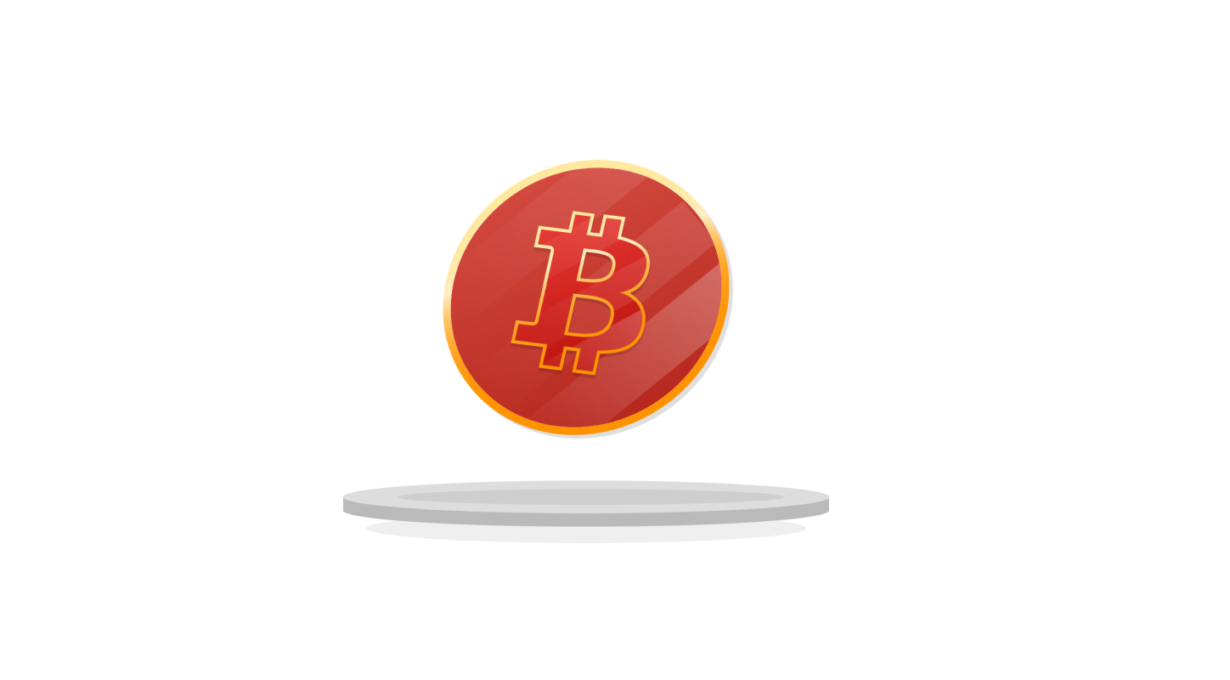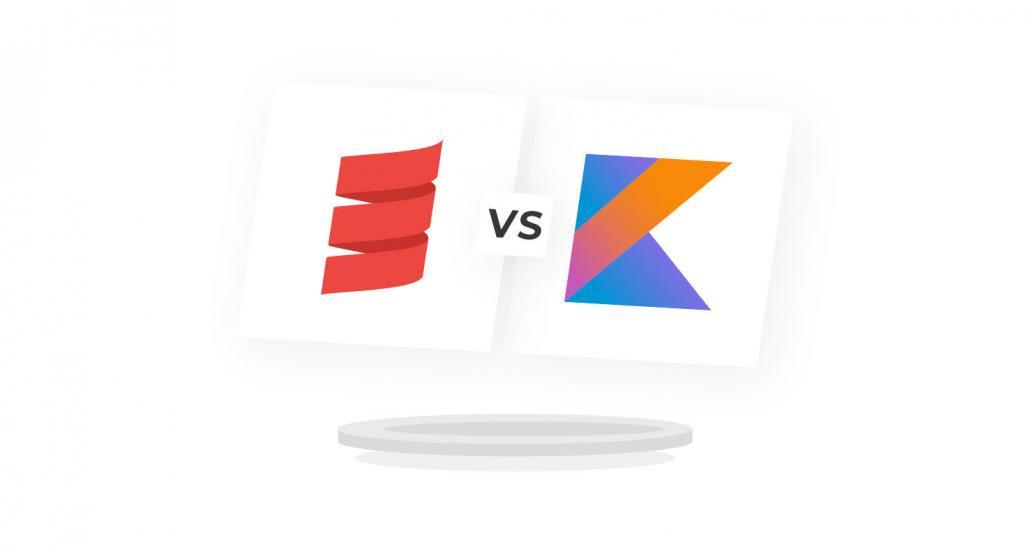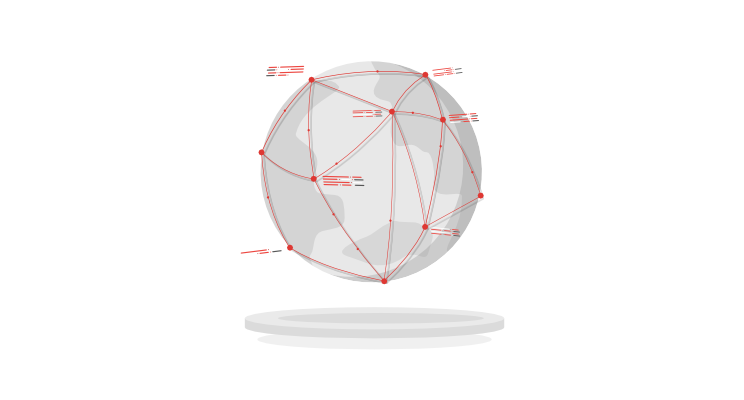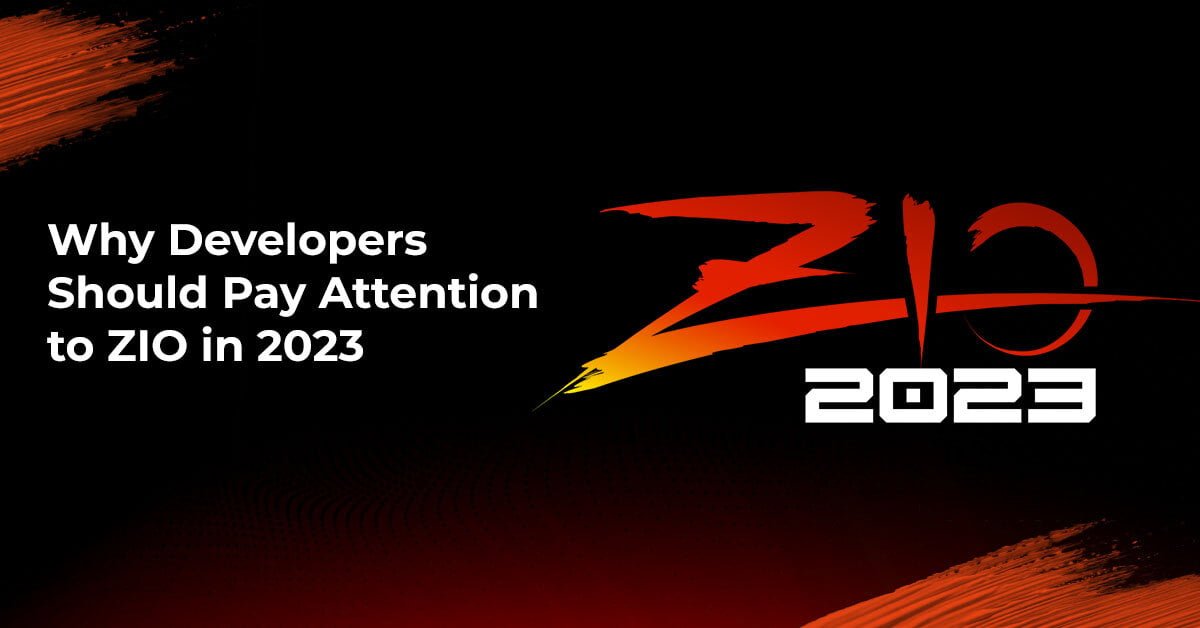
How does Bitcoin work?

A beginner’s guide to bitcoin cryptocurrency
If you’ve been asking yourself a few times now: “how does Bitcoin work?” you’re in the right place.
Bitcoin has always been present in the media – both traditional and social ones – but recent significant increases in its price, as well as the much-discussed public debut of Coinbase in April, made the digital cryptocurrency gain much more attention than ever before. As more and more financial experts contribute to the worldwide discussion about the future of finances and the place of digital currencies in it, it is clear that the members of the public across the world wish to understand what all the fuss is about.
During the last 12 months, the phrase “what is a bitcoin and how does it work” was typed in the Google Search 140% more often, along with a plethora of other similar phrases such as “how does crypto mining work” or “how does bitcoin investment work”. The interest in digital assets is particularly visible among the younger generations, as 75% of millennials globally admit that the only barrier that prevents them from using a cryptocurrency is an inadequate level of their knowledge about it.
Is it possible that Bitcoin, although difficult to understand now, at some point will become an ordinary part of our daily life similar to other technological inventions in history, such as personal computers or smartphones? Even if it is just another invention that will never gain as much traction as expected, the past shows that it is a good idea to try to understand the way these innovations work, especially if one wants to stay on top of the financial news.
What is Bitcoin?
Bitcoin was invented by an anonymous person called Satoshi Nakamoto in order to establish a digital currency outside of control exercised by financial institutions, as well as provide a way to transact without delays in transfers or bank fees. Although fintechs such as challenger banks have been sharing their ideas for fast money movement with us for years, all of them have had to operate within a certain legal framework that ensures the safety and stability of money processed by these entities.
A very decentralized currency
However, while the Bank of England is called a guardian of the British pound, the National Bank of Poland oversees the Polish złoty, and so on, there is no central institution that is in control of Bitcoin. And it is both a great advantage, as well as a disadvantage – everything depends on how one chooses to perceive it. The inclusive nature of Bitcoin provides more than 1.6 billion unbanked adults worldwide with a new way to get inside the financial system, but on the other hand, the decentralized nature of the cryptocurrency and its volatility makes it a risky investment. It is only natural that some people want to understand how it works before making a play for digital assets.
How do you obtain Bitcoin?
There are three main ways to get a hold of your digital coins.
- Buying them. You can purchase Bitcoins from one of the exchanges, a challenger bank, ATM, or any other place that allows you to convert your fiat currency into its digital equivalent.
- Peer-to-peer transfers. Regardless of whether you successfully auctioned off a non-fungible token or are requesting payment for your services in form of the cryptocurrency, you are able to get some coins this way.
- Mining. The anonymous inventor of the Bitcoin algorithm configured it to consist only of a maximum of 21 million coins. Not all of these have been found yet, which is why the “miners” strive to discover further parts of the algorithms with computational power. With 18.638 billion bitcoins mined in total in February 2021, it is estimated that the final chunk will be extracted in about 100 years, around 2140, provided that there will be no changes introduced to the protocol of the network.
How does mining Bitcoin work?
In January 1848, when James W. Marshall found gold in Sierra Nevada foothills, it was the beginning of a massive gold rush. Thousands of people from the United States and abroad were traveling to California in order to try their luck in finding more pieces of valuable metal. The whole event has pumped up the American economy and propelled California into becoming a state.
The digital gold rush
Mining the blockchain in order to find new chunks of bitcoins could be compared to this famous gold rush, although the length of its impact on the financial world remains to be seen.
The mining process is based on computational power and its ability to resolve complex hashing puzzles. The miner’s task is essentially to verify a block of 1 MB size with transaction info and to connect it to the existing blockchain. This way the legitimacy of the network is kept in check and the miner who was the first to provide the solution to a hashing puzzle is rewarded with bitcoins, as well as voting power that makes them eligible to have a say in potential changes to the network’s protocol.
Mining is also the only way to release new coins into existence.
Is it difficult to mine Bitcoin?
However, as time goes by, the difficulty of getting rewarded with coins is increasing. This happens due to the process of halving the mining payout that is included in the configuration of the Bitcoin network. The more mined blocks there are, the smaller rewards are paid out for the next ones. The first blocks that were mined back in 2009 were associated with rewards of about 50 BTC, whilst in May 2020 the payout was only 6.25 BTC.
A self-regulating algorithm
Moreover, once per fortnight or every 2,016 blocks mined, the difficulty of mining out new blocks is adjusted by the network’s protocol. The basic premise is that the more computational power is competing for the rewards, the more difficult it is to obtain them. This allows for keeping the influx of new coins into the system at a stable rate.
Cybersecurity issues
It is difficult to participate in Bitcoin mining without professional and expensive equipment. However, the prospect of valuable rewards in the hindsight wakes up the feeling of curiosity among many people, including the bad actors. There is a reason why in Q2 2020 the cryptojacking was mentioned among top trending cybersecurity threats.
Why would I pay with Bitcoin?
Bitcoin can be treated as an investment asset or a payment method. Currently, there are about 100 million owners of Bitcoin worldwide, but only about 720,000 addresses were active in March 2021. This might lead to the assumption that the majority of cryptocurrency owners treat it as a way to invest or save money rather than something they can pay with for services or products.
An anonymous currency
However, the features manifested by Bitcoin might help it in becoming a more widespread payment method. In 2018 nearly half of polled consumers from 5 markets (UK, USA, Canada, Germany, Austria) cited concerns about the use of their data as a barrier that prevents them from turning towards new contactless payment methods. While COVID-19 forced many people to familiarize themselves with these frictionless ways to pay, it does not mean that their fears regarding the safety of their data disappeared.
Difficult to track back to the purchaser
Bitcoin might be an interesting solution in light of these issues. The purchases made with the cryptocurrency are not shared with anyone but the user. In comparison to traditional methods, it is also much more difficult to track the transactions back to the buyer.
Easy P2P payments
Bitcoin also provides a handy peer-to-peer payments network which makes it possible to transfer the cash to someone else in a matter of seconds without having to take care of any extra formalities. This could be helpful in many situations. For example, international remittances have always been a pain point for immigrants trying to support their families in another country. In December 2020 average costs associated with sending money abroad were up to 6.51% of the transaction’s value. Picking Bitcoin as a method of sending money to the family could significantly decrease the costs related to the whole process, thus leaving more cash for those who really need it.
No overdraft fees
The unbanked people might also be enticed by the lack of fees that are commonly associated with banking, as well as not having to adhere to any legal rules that govern the financial deposits in most of the world’s countries. Only a smartphone or a computer is needed to access the Bitcoin wallet.
How does paying with Bitcoin work?
Obviously, cryptocurrencies are not as popular as traditional payment methods yet, but the first advances are visible already. Some e-shops already make it possible to make purchases with Bitcoins much like with debit or credit card, or bank account transfers. Fintechs, Bitcoin wallets, and card processors continue to announce their newest solutions such as cards that allow paying with cryptocurrencies or contactless NFC payments with mobile apps.
Where to store bitcoins?
The basis of your Bitcoin experience is a wallet that stores it. It can be based on a PC, laptop, smartphone, cryptocurrency exchange or even hardware. There is a number of wallets available on the web, but be careful – once you choose one, a private key to it will be shared with you. Only you should know it – it works like a password, so anyone with knowledge of it could get inside the wallet and do anything (i.e transfer money to somewhere else). Except in this case, if you lose this key, you cannot access your wallet with your wealth stored inside it.
How to purchase, pay with or cash out bitcoins?
There are several ways to operate your bitcoins in your wallet. They include:
- Cryptocurrency stock exchanges, i.e. BitBay, Binance
- Cryptocurrency exchange offices, i.e. Koinal, Coinbase, Bitcan
- CFD brokers, i.e. xtb, Plus500, IC Markets
- Financial institutions offering cryptocurrency-based accounts, i.e. Revolut, Visa
- Physical Bitcoin ATMs are available worldwide – their location can be found online, i.e. with Coin ATM Radar
Is it worth getting involved in Bitcoin?
All innovative tech inventions experienced skepticism at the beginning. Examples include (but are not limited to): personal computers, smartphones or tablets – all of these were ideas that were not quite understood at the beginning. “Why would we need a tablet if we have laptops, personal computers and smartphones?” – that was an example question asked. But now nobody doubts the usefulness of these devices.
Something similar will happen with Bitcoin soon enough – it will become a payment method as common as cash or debit cards. If you need proof, a recent Mastercard poll conducted across 18 markets revealed that after the COVID-19 is over, even 4 in 10 people plan on using cryptocurrencies to pay for their expenses. Understanding the way they work is therefore beneficial both for merchants and customers who remain skeptical about this technology, as the crypto frenzy is nowhere near going away.











